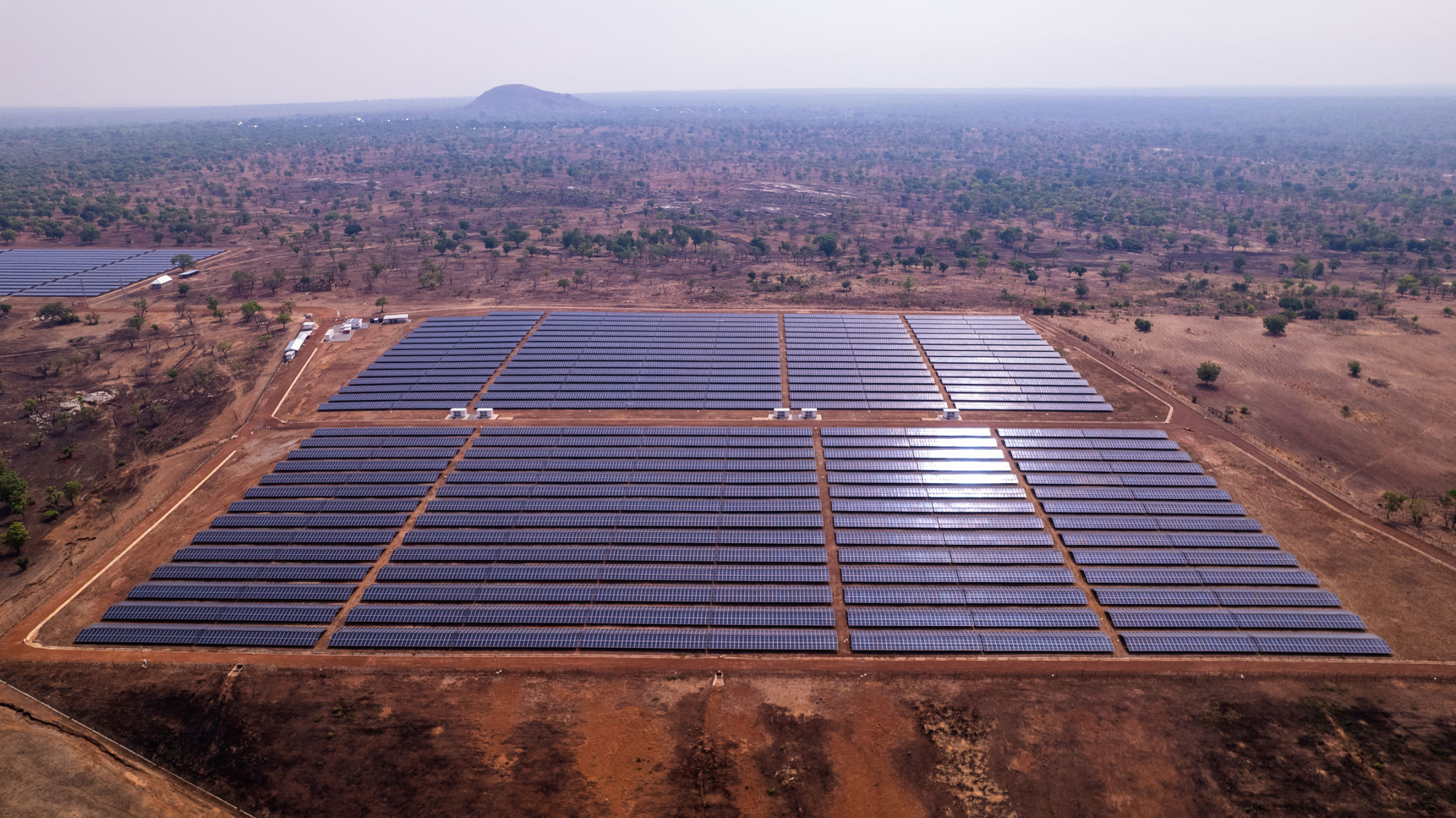Top Eco-Friendly Construction Methods in Ghana
Introduction to Eco-Friendly Construction
As the world increasingly embraces sustainability, the construction industry in Ghana is not left behind. With a rich history of traditional building methods, Ghana is gradually integrating eco-friendly techniques to reduce environmental impact and promote sustainable development. These methods not only help in conserving resources but also enhance the quality of life for residents.
The shift towards sustainable building practices in Ghana is driven by the need to address environmental concerns such as carbon emissions, waste management, and resource depletion. By adopting greener construction practices, Ghana is setting a benchmark for other developing nations in Africa.

Utilization of Local Materials
One of the most effective ways to reduce the carbon footprint of construction is by using local materials. In Ghana, materials such as laterite, bamboo, and timber are abundant and are increasingly being used in construction. These materials are not only eco-friendly but also cost-effective.
Utilizing local materials reduces the need for transportation, which in turn decreases fuel consumption and emissions. Moreover, these materials are often well-suited to the local climate, providing natural insulation and reducing the need for artificial heating or cooling.

Laterite and Earth Bricks
Laterite is a red soil found abundantly in Ghana and is an excellent material for building walls. When compacted, laterite bricks provide strength and durability comparable to conventional bricks. Earth bricks, made using a mixture of soil, water, and sometimes cement, are also gaining popularity for their thermal properties and aesthetic appeal.
Incorporating Solar Energy
With abundant sunlight throughout the year, solar energy is an ideal renewable resource for Ghanaian buildings. Incorporating solar panels into construction projects can significantly reduce reliance on non-renewable energy sources. This not only helps in cutting down electricity costs but also minimizes the carbon footprint of buildings.

Solar energy can be used for various applications such as lighting, heating water, and powering electrical appliances. By integrating solar technology into new constructions and retrofitting existing structures, Ghana can make substantial progress towards achieving energy sustainability.
Rainwater Harvesting Systems
Water conservation is a critical component of sustainable construction. Implementing rainwater harvesting systems in buildings allows for the collection and storage of rainwater for various uses such as irrigation, flushing toilets, and even potable water after treatment. This reduces dependency on municipal water supplies and helps conserve this precious resource.

The installation of rainwater harvesting systems is relatively straightforward and can be easily incorporated into both new and existing structures. By tapping into natural water cycles, these systems contribute significantly to water conservation efforts in urban and rural areas alike.
Green Roofs and Vertical Gardens
Green roofs and vertical gardens are revolutionary approaches that enhance the environmental performance of buildings. These features help to insulate buildings, reduce heat absorption, and improve air quality by absorbing carbon dioxide and releasing oxygen.
In urban areas where space is limited, vertical gardens offer an innovative way to incorporate greenery into the built environment. They not only provide aesthetic value but also contribute to biodiversity by offering habitats for birds and insects.

By adopting these eco-friendly construction methods, Ghana is making significant strides towards sustainable development. These practices not only benefit the environment but also promote healthier living conditions for communities across the country.
